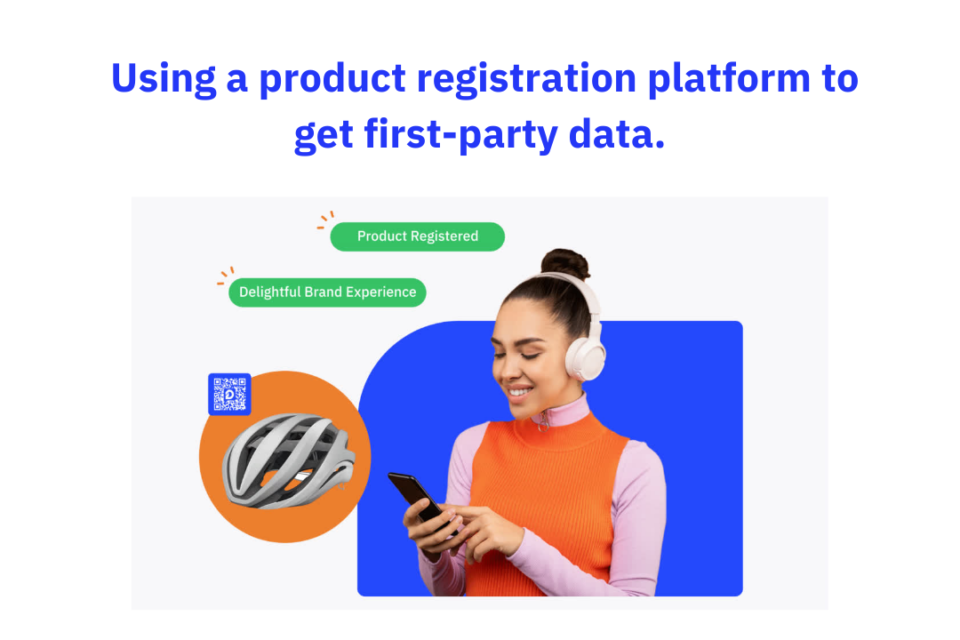Marketplaces have taken over online selling and if you are actively selling your products on a Marketplace you know how hard it is to retain customers.
Marketplaces often have an issue with customer retention because they are not able to reach out to customers and find out what they need. So, the marketplace will use third-party data to target users.
With the tightening of GDPR rules, companies have less access to personal data, it is becoming more critical than ever to ensure that you are using first-party data to boost the LTV of your customers.
Marketplaces are known to not provide sellers with any data of their customers, making it very hard to remarket and resell, but there are some strategies that marketplace users can use –
Use only high CLTV products to promote with PPC ads –
It’s important to understand that Google PPC ads aren’t a one-off investment. They’re a long-term strategy, regardless of your goals. They require maintenance and consistency to get the most out of your budget.
When you use only higher quality products, you ensure that your customers are making an informed buying decision and you get a much more positive ROAS.
While all ads might be created equal, it’s important to only use high-CLTV products in your PPC campaigns. This ensures that you are getting the best ROAS in the long term and you can be more aggressive with your spending in the short term.
The great thing about using a lot of high-CLTV products is that you can get more of a positive ROI and you don’t need to worry about negative effects on your ROAS.
While using a lot of low-CLTV products will get you impressions, it won’t be sustainable in the long term, so you should only use high-CLTV products and save yourself the trouble.
Create a custom store on Amazon –
In the past, brands have only been able to advertise on Amazon by using sponsored product ads, brand keywords and product display ads. But now, with the launch of Stores and Sponsored Brand Ads, brands can create a store where shoppers can find their product among other products in a single place.
With a store, you can use strategies to promote products with high customer LTV and create a unique store identity so they keep coming back for more.
Store-on-Amazon is a great place for shoppers to get access to your products. It’s a simple platform to get your products on Amazon and gives you a chance to share your value proposition.
With Sponsored Brand Ads, you can share your products with the Amazon shoppers who are most interested. Brands that use this feature are seen by 85% of Amazon shoppers, who spend, on average, 15% more on a product when it is featured on Amazon. The bottom line is that this is a fantastic way to get more Amazon sales with less work.
Create product subscriptions and bundles –
If you’re FBA-approved, you can add a Subscribe & Save option to your products. This will guarantee repeat purchases. You can check your Subscribe & Save eligibility in Seller Central.
Bundles can help drive up CLV. When thinking about creating a product bundle to sell on Amazon, the first thing to keep in mind is that bundles and multipacks are not the same!
A bundle usually consists of complimentary items sold together as part of a set that typically cost less than purchasing the individual items separately.
Increase social media presence –
To increase your CLV, at some stage you need to convert your marketplace customers into your eCommerce customers. You can use social credibility to do this. Similar to any review or testimonial, social proof brings the human voice into your brand experience.
Whenever someone is about to make a purchase or is shopping for something they want, they look for reviews, recommendations, referrals, and input from others who have used the product or service.
Include exciting discounts, offers and clear CTA’s to increase the number of website visits from your social media.
Use First-party data to remarket directly –
Having first-party data of your customers, like their emails, phone numbers, etc, can help you reach them directly and retain them for longer.
But how can you get the first-party data of your Amazon customers without violating Amazon rules?
A QR code-based product registration solution is the newest and the most result-driving method used by new-age brands these days.
How does a product registration software solution help you increase your customer LTV?
Product registration solutions work by having a QR code placed on your product or product packaging. Whenever a customer wants to register for or claim a warranty, access other post-sales services or unlock the complete customer experience, the customer can scan the QR code and get directed to a custom-built web app.
This custom-built page asks the customers for their purchase details along with their data like Names, phone numbers and email ids. This personal data is then used by brands for direct targeting, remarketing and increasing customer LTV.
A benefit of using QR code-based product registration solutions is getting direct access to your customers’ data that can then be used to remarket and retain them.
Dyrect has helped Syska, Portronics, FLO, and 100+ leading brand increase their LTV and bring their marketplace customers to their websites.
Ready to get product registration software?
Leading e-commerce brands are using product registration software like Dyrect to collect first-party data and connect with all their customers.
Dyrect has enabled marketing teams of leading brands to access first-party data, with a data acquisition rate as high as 40%. To know how Dyrect’s product registration software can help you collect customer data, book a demo with our solution experts here.


